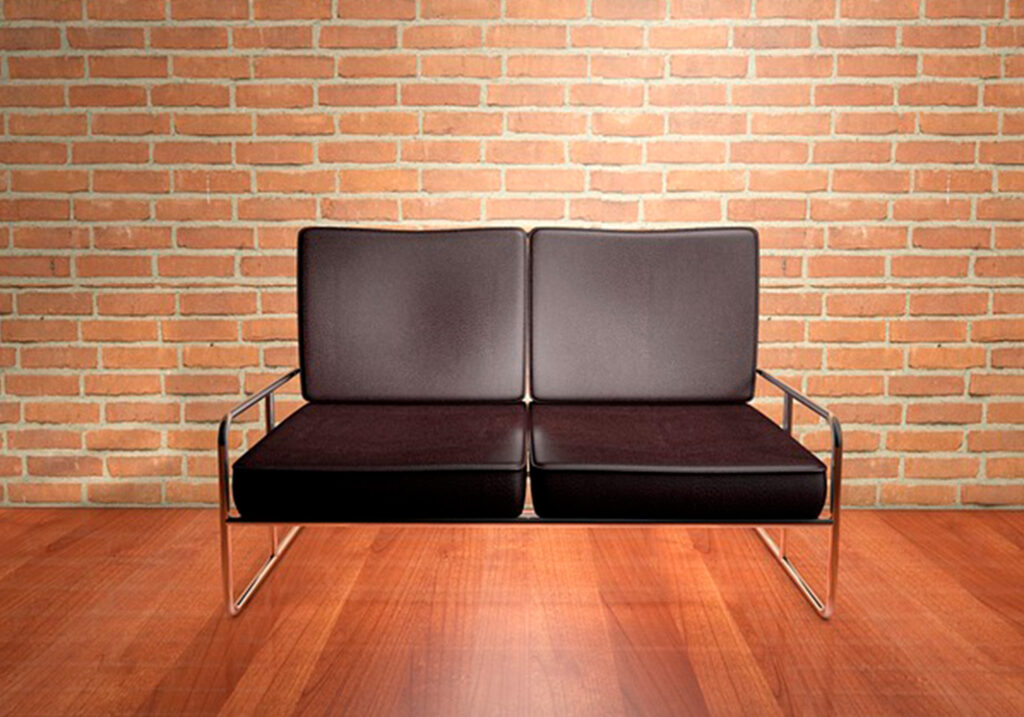A garage is often seen as a purely functional space, used for storing vehicles, tools, and miscellaneous items. However, with the right modifications, it can be transformed into a comfortable, multi-purpose area suitable for work, hobbies, or relaxation.
Why not try to focus on temperature regulation, lighting, insulation, and ventilation, so you can create an environment that is inviting and comfortable year-round?
Stress and anxiety kills. You work hard everyday for your family, so why not play harder? Optimize your garage so you can relax after a hard-day’s work.
Reimagining Your Garage as a Comfortable Space
Optimizing your garage’s comfort level begins with evaluating its current condition and identifying areas that need improvement. Many garages are built primarily for storage and vehicle protection rather than daily use, which means they often lack insulation, proper ventilation, and climate control. Before transforming the space, assess its structural integrity, check for any cracks or leaks, and determine whether the flooring, walls, and ceiling need upgrades. Addressing these basic issues will create a solid foundation for enhancing comfort and usability.
Once structural concerns are resolved, the next step is to consider how you want to use the space. Whether it’s a workshop, home gym, entertainment lounge, or office, each function requires specific adjustments to improve comfort. For example, a workshop needs proper lighting and ergonomic workstations, while a home gym benefits from shock-absorbing flooring and ventilation to regulate temperature. Defining the purpose of your garage will guide the modifications necessary to make it more inviting and efficient.
Aesthetic improvements also play a role in creating a comfortable atmosphere. Adding fresh paint in neutral or calming colors can make the space feel brighter and more welcoming. Upgrading the flooring with epoxy coating or interlocking tiles enhances durability while improving visual appeal. Incorporating proper lighting, such as LED fixtures or task lighting, can further improve ambiance and make the garage more enjoyable for daily use.
Improving Insulation and Temperature Control
One of the primary factors affecting comfort in a garage is temperature control. Garages tend to be too cold in the winter and unbearably hot in the summer due to inadequate insulation. Adding insulation to the walls, ceiling, and garage door can help regulate temperature and reduce energy costs.
There are several insulation options to consider, including fiberglass batts, foam board, and spray foam. Fiberglass is one of the most cost-effective solutions and works well for unfinished walls. Spray foam insulation, though more expensive, provides excellent thermal resistance and helps seal air leaks, improving overall efficiency. Additionally, weatherstripping around doors and windows can help prevent drafts and heat loss.
To further regulate temperature, consider installing a heating and cooling system. A portable space heater or an electric infrared heater can keep the garage warm during colder months. In the summer, ceiling fans, portable air conditioners, or even a mini-split HVAC system can help maintain a cool environment. Investing in proper temperature control will make your garage usable throughout the year.
Enhancing Ventilation for Better Air Quality
Proper ventilation is essential for maintaining a comfortable and healthy garage environment. Without adequate airflow, garages can become stuffy, humid, and prone to mold growth. Installing vents, exhaust fans, or even a simple window can help improve air circulation and remove excess moisture.
If you frequently use your garage for activities such as woodworking or automotive repairs, a high-quality ventilation system is crucial. Exhaust fans can help expel fumes, dust, and other pollutants, creating a safer workspace. If your garage lacks windows, consider adding a louvered vent or ridge vent to promote airflow.
Another effective way to enhance ventilation is by using a dehumidifier, especially in humid climates. A dehumidifier helps reduce excess moisture, preventing mold growth and making the space more comfortable. Keeping doors and windows open when weather permits can also improve natural airflow, further enhancing indoor air quality.
Upgrading Flooring for Comfort and Functionality
The type of flooring in your garage can significantly impact its comfort level. Many garages have bare concrete floors, which can be cold, uncomfortable, and prone to dust. Upgrading to a more comfortable and durable flooring option can make a noticeable difference in both aesthetics and functionality.
Epoxy coatings are a popular choice for garage floors as they provide a smooth, durable, and easy-to-clean surface. Epoxy also resists stains, chemicals, and moisture, making it an ideal option for workshops or automotive maintenance areas. Another option is interlocking rubber or foam tiles, which offer cushioning and insulation, making the floor more comfortable for extended standing.
If you want a budget-friendly solution, consider using garage floor mats or carpet tiles. These options add warmth and comfort without requiring permanent modifications. Choosing the right flooring material will not only enhance comfort but also improve the overall usability of your garage.
Optimizing Lighting for a Well-Lit Space
Proper lighting is a crucial aspect of garage comfort. Many garages are dimly lit, making it difficult to work on projects or navigate the space safely. Upgrading your lighting system can make a significant difference in visibility and ambiance.
LED overhead lights are an excellent choice for garages, providing bright illumination while being energy-efficient. For work areas or tool benches, task lighting such as adjustable LED lamps or under-cabinet lighting can improve visibility for detailed tasks. Additionally, motion-sensor lights can enhance convenience by automatically turning on when movement is detected.
Natural lighting can also improve the comfort level of your garage. If possible, add windows or a skylight to let in natural sunlight. This not only brightens the space but also reduces the reliance on artificial lighting during the daytime. A well-lit garage creates a more pleasant and functional environment for various activities.
Incorporating Comfortable Furniture and Storage Solutions
If you plan to use your garage as a multi-purpose space, incorporating comfortable furniture can make a big difference. A small seating area with chairs or a couch can provide a relaxing spot for breaks. If the garage doubles as a workshop, an ergonomic workbench with adjustable height can improve comfort while working.
Storage solutions also play a role in maintaining an organized and comfortable space. Clutter can make a garage feel cramped and chaotic, so investing in shelves, cabinets, and pegboards can help keep items neatly stored. Overhead storage racks are great for maximizing vertical space, freeing up floor area for other uses.
By combining functional storage with comfortable furniture, you can create a garage space that is both practical and enjoyable. Whether you’re using it for hobbies, workouts, or relaxation, an organized and well-furnished garage can significantly enhance its overall comfort.
Soundproofing for a Quieter Environment
Noise can be a major issue in garages, especially if you use the space for loud activities such as power tools, music, or car maintenance. Soundproofing can help create a quieter and more comfortable environment, making the space more enjoyable for various uses.
Adding insulation to walls and ceilings can help dampen noise, while soundproofing panels or acoustic foam can further reduce sound transmission. If your garage door allows a lot of outside noise, consider installing a weatherproof door seal or a soundproofing curtain. These simple modifications can help create a more peaceful setting.
If you use your garage as a music studio or entertainment area, investing in high-quality soundproofing materials can significantly improve the acoustics and minimize disturbances to other parts of the house. A quiet garage enhances comfort and allows for better concentration, whether you’re working on a project or simply unwinding.
Conclusion
Optimizing your garage’s comfort level requires thoughtful planning and strategic improvements. By addressing insulation, ventilation, flooring, lighting, and organization, you can create a space that is functional, enjoyable, and suited to your needs. Whether you want to use your garage as a workshop, gym, or relaxation area, these upgrades can transform it into a comfortable extension of your home.
Making these modifications doesn’t have to be expensive or complicated. Even small changes, such as improving airflow, upgrading lighting, or adding cozy furniture, can make a significant impact. With the right approach, your garage can become a well-insulated, well-lit, and organized space that enhances both productivity and relaxation.

